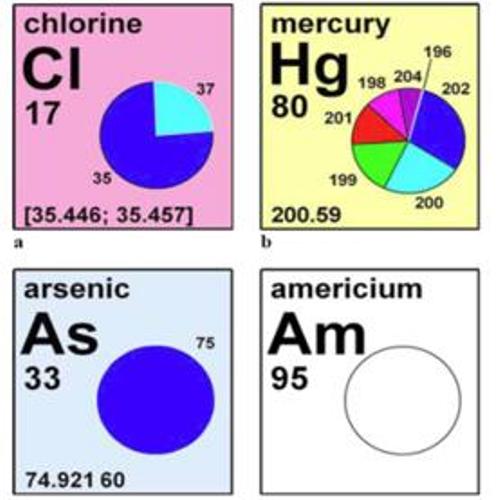
Logical models may be less concerned about this implication.
#Element definition and example code#
If this syntax is not adhered to, code generation tools may be broken. Additional components (following a '.') should be lowerCamelCase. All the data elements defined in this specification are publishedĪs a collection of data elements ( XML or JSON).ĮlementDefinition is used in StructureDefinition 2.1.28.7.0.1ĭefinition of an element in a resource or extension + Rule: Min <= Max + Rule: if the element definition has a contentReference, it cannot have type, defaultValue, fixed, pattern, example, minValue, maxValue, maxLength, or binding + Rule: Fixed value may only be specified if there is one type + Rule: Pattern may only be specified if there is one type + Rule: Pattern and fixed are mutually exclusive + Rule: Binding can only be present for coded elements, string, and uri if using FHIR-defined types + Rule: Types must be unique by code + Rule: Constraints must be unique by key + Rule: default value and meaningWhenMissing are mutually exclusive + Rule: sliceName must be composed of proper tokens separated by "/" + Rule: Must have a modifier reason if isModifier = true + Rule: Element path SHALL be expressed as a set of '.'-separated components with each component restricted to a maximum of 64 characters and with some limits on the allowed choice of characters + Warning: The first component of the path should be UpperCamelCase.
#Element definition and example iso#
The ElementDefinition type is the core of the FHIR metadata layer, and is closely (conceptually) aligned to ISO 11179. Structural Usage Information such as Slicing.Constraints, length limits, and other usage rules.Definitions, usage notes, and requirements.The definition of an element in a resource or an extension. See the Directory of published versionsĢ.1.28.7.0 Element Definition FHIR Infrastructure Work Group Pure substance chemical properties What is not a pure substance? C 12 H 22 O 11 , and a pure substance that is a compound but not considered a molecule is sodium chloride, N a C l NaCl N a Cl (table salt).This is the Continuous Integration Build of FHIR (will be incorrect/inconsistent at times). Chemical properties, meaning behavior of the pure substance during chemical changes, include:Ĭoordination number (the number of atoms bonded to a given atom) Pure substance physical properties Chemical propertiesĪll pure substances will also show the same chemical properties regardless of where they are found. This is a partial list of physical properties that can be observed, measured, and predicted for pure substances under normal conditions (room temperature and one earth atmosphere of pressure): Sodium chloride from the Dead Sea is physically the same as sodium chloride mined in Kansas. Pure substances have a constant composition. No matter where a given pure substance is found, it will have identical physical properties to every other pure substance of the same chemical makeup. These predictable properties make pure substances the foundation of chemistry because known interactions can be used to form new materials and new types of matter.

Whether element, molecule, or compound, pure substances share similar physical and chemical properties. Pure substance definition Properties of pure substances Compounds are molecules (covalently bonded) or units of ionic compounds. Currently, the Periodic Table of the Elements recognizes 118118 such pure substances. Elements are substances made up of only one kind of atom. In chemistry, pure substances are only two things: elements or compounds.


 0 kommentar(er)
0 kommentar(er)
